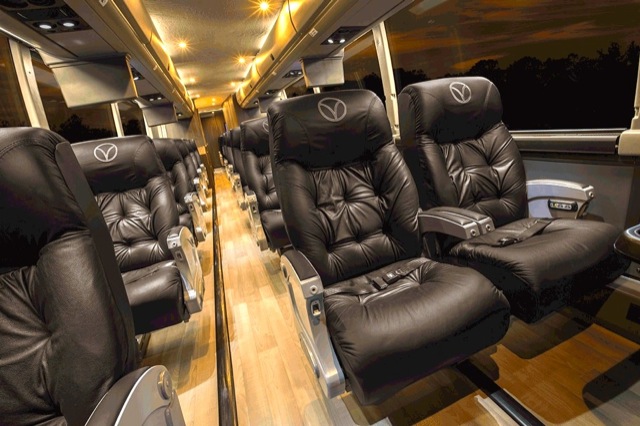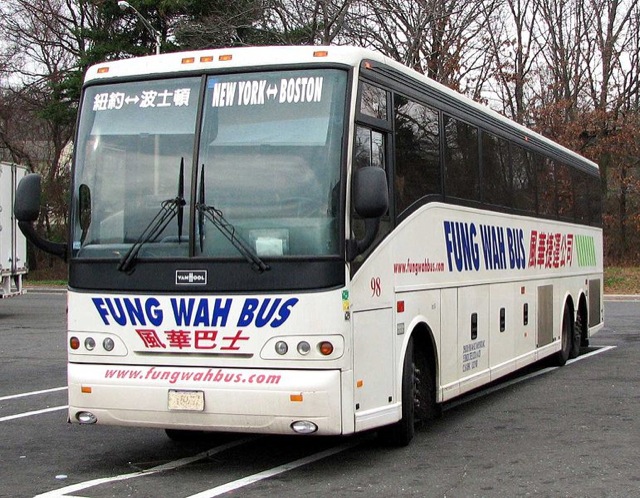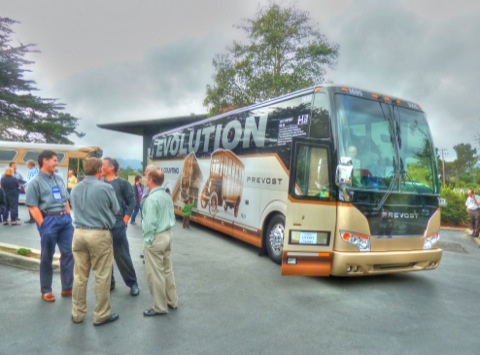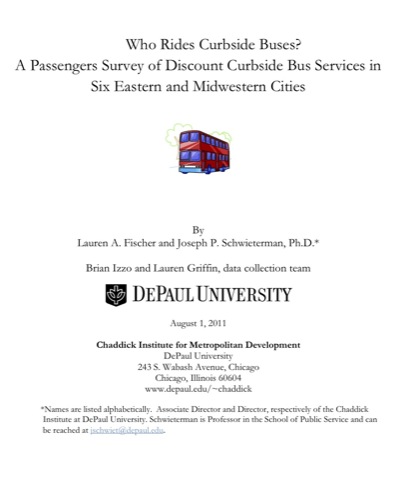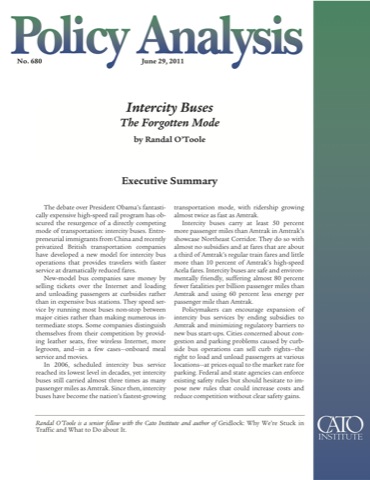The Antiplanner rarely responds to comments in a post, but Andrew asked many good questions and requested a lot of background information last week. Most of his questions are answered by citations in the report, but since he did not seem to understand those citations, here are my responses.
1. “Intercity buses carry at least 50% more PM than Amtrak in Amtrak’s showcase Northeast Corridor.” “How is this computed and what are the data sources? What trains are you including in the Amtrak total vs. what buses?
I compiled the on-line schedules for what turned out to be sixteen different bus companies for the week of May 15 to 21. The schedules included all buses connecting Northeast Corridor cities: Boston, Providence, New Haven, New York, Newark, Philadelphia, Wilmington, Baltimore, and Washington. I used Google maps to calculate the bus miles between these cities. I then calculated seat miles assuming that premiere lines like Bolt, DC2NY, and Vamoose have 50 seats, Megabuses have 79 seats, and Chinatown buses have 56 seats. My numbers may be an underestimate as some companies may not post their schedules on the web.
To convert to passenger miles, I assumed the seats are 60 percent full. According to the American Bus Association, this is accurate for the major carriers but conservative for the Chinatown buses. Even if the buses are only 50 percent full (which is Amtrak’s average), they carry far more people than Amtrak.
My Amtrak numbers come from page C1 of Amtrak’s 2010 performance report. The September report includes data for the entire fiscal year. Seat miles and passenger miles can both be calculated from this table. I only included Northeast Corridor trains, not trains such as the Crescent, but I also did not include buses such as New York to Raleigh or New York to Atlanta.
Continue reading →

